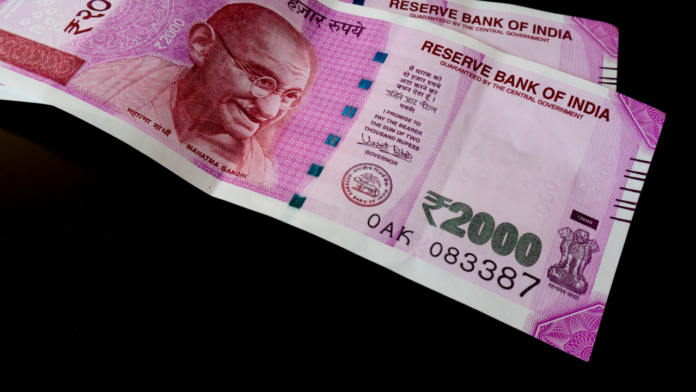In a maneuver to stimulate banking growth and create a level playing field during the impending electoral season, India has announced its plan to start withdrawing the highest denomination currency notes from circulation. The Reserve Bank of India (RBI) confirmed this development on Friday, expecting it to infuse the banking system with a surge of deposits to match the high credit growth rate.
The currency under scrutiny is the 2,000-rupee ($24.5) note, whose withdrawal has been approved by the Finance Ministry’s top official, T.V Somanathan. The move comes at a pivotal time as four large states are preparing for the year-end elections and a national poll is slated for spring 2024. Notably, Somanathan has assured that this significant change will not disrupt “either normal life or the economy.”
Many have speculated that the withdrawal is a response to the widely held belief that most of India’s political parties hoard cash in high denomination bills to circumvent the stringent spending limits imposed by the Election Commission for campaign expenditures.
The RBI, justifying the move, stated that the 2,000-rupee note was seldom used in day-to-day transactions. While the notes will retain their legal tender status, citizens will be urged to deposit and exchange them for smaller denominations by September 30th. It was further assured that there is an adequate stock of banknotes in other denominations to satisfy the public’s currency requirement.
This isn’t the first time the Indian government has made a bid to control the use of high denomination currency. In 2016, under the leadership of Prime Minister Narendra Modi, 500 and 1,000-rupee denominations were abruptly withdrawn in a bid to cleanse the system of forged notes. Despite the lack of evidence to validate the success of this plan, it induced a systemic cash shortage by eradicating 86% of the economy’s currency in circulation overnight.
In response, the government issued new 500-rupee notes and introduced the now-doomed 2,000-rupee note to expedite the replenishment of the currency in circulation. Nevertheless, for the last four years, the RBI has centered its attention on minting 500-rupee and lower notes, with no new 2,000-rupee notes printed during this period.
Pronab Sen, economist and former chief statistician of India, lauded the decision to withdraw the high-value note as “a sensible form of demonetisation.” Karthik Srinivasan, Senior Vice President Financial Sector Ratings at ICRA, has forecasted that this move could marginally improve banks’ deposit accretion rates. “This will ease the pressure on deposit rate hikes and could also result in moderation in short-term interest rates,” he added.
Indian banks have recently observed double-digit credit growth, notwithstanding a 250 basis point RBI rate hike since last May. The demand for deposits has surged to accommodate this growth and to counter tightening liquidity, potentially making this decision a game-changer in India’s financial landscape.


